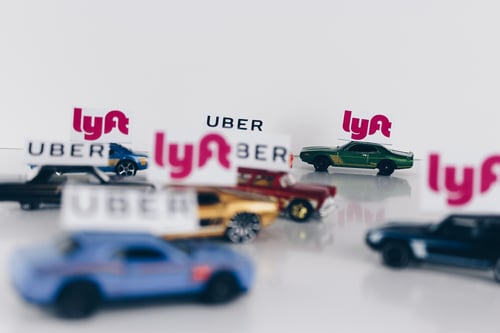As we’ve mentioned previously (see: Databricks), whether you are looking to build or buy AI, open- source solutions can be attractive.
Open-source software:
- Is freely distributed
- Has its source code freely available
With that in mind, the consumer can spend their money elsewhere (e.g., on talent) while the community around the software constantly iterates on it to make it better. The company (or individual) who developed it also benefits from these communal efforts.
Enter Uber and Lyft’s new open-source AI tools.
Uber and Lyft, you can drive my AI
This past week, Uber released Manifold (a model-agnostic visual debugging tool for machine learning) and Lyft released Flyte (a tool for maintaining machine learning workflows).
|
Flyte’s mission is to increase development velocity for machine learning and data processing by abstracting this overhead.
|
Manifold helps engineers and scientists identify performance issues across ML data slices and models.
|
These tools come to answer a particular problem we have seen across multiple industries, sectors, and businesses: scale. Thus, although business executives are keen to deploy AI within their organizations, a significantly smaller number (4%, according to PwC), plan to do so across their entire company.
When G2 users reflected on machine learning operationalization software they used, scale was front of mind.
Furthermore, according to a recent report from Algorithmia,
The main challenges people face when developing ML capabilities are scale, version control, model reproducibility, and aligning stakeholders.
With tools like Manifold and Flyte assisting with ancillary tasks like data processing and algorithmic performance issues, data scientists can focus on large-scale AI development projects without getting distracted.


 by Matthew Miller
by Matthew Miller
 by Matthew Miller
by Matthew Miller
 by Matthew Miller
by Matthew Miller